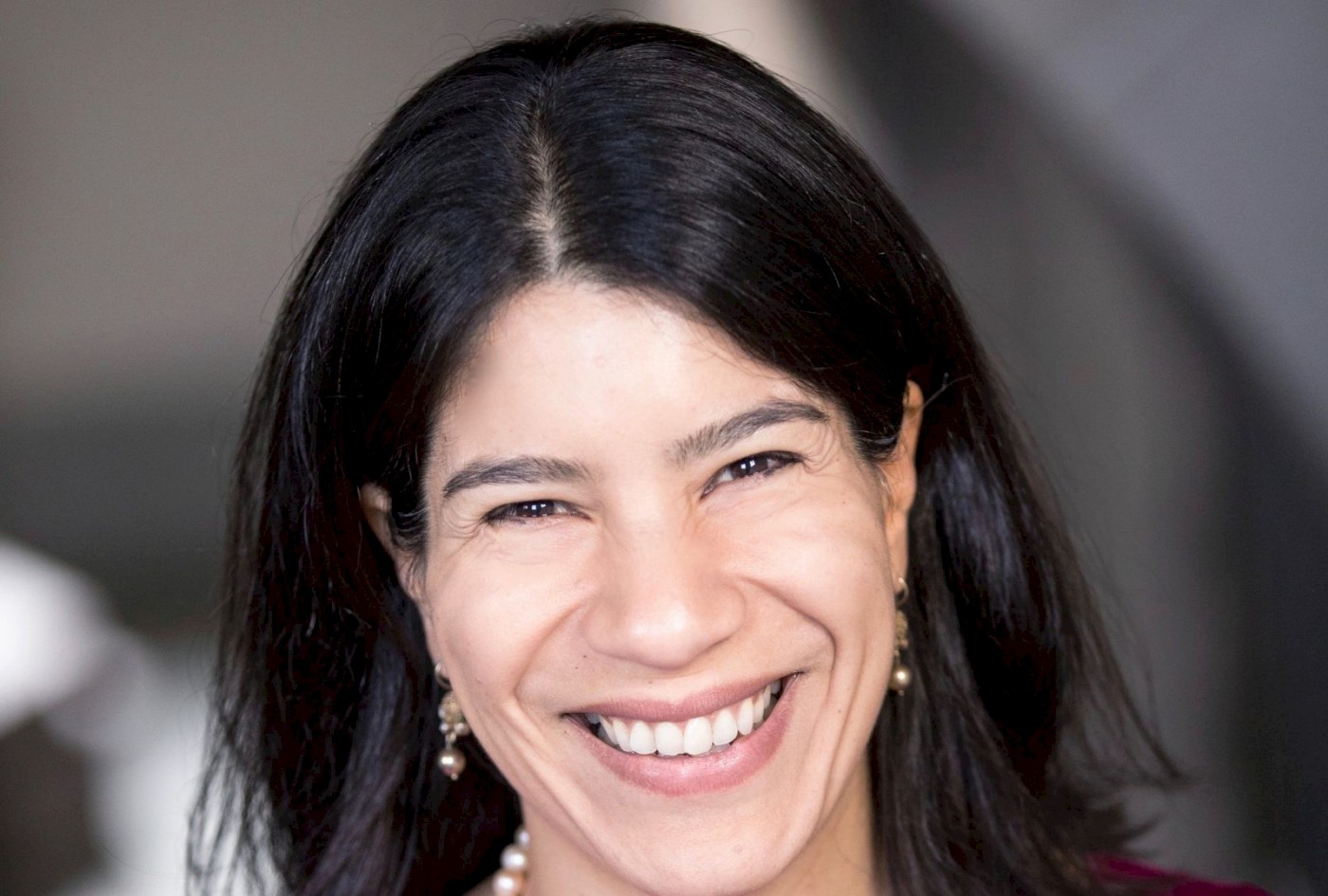
In 2020, the #BlackLivesMatter movement was at its pinnacle. It had gained significant ground not just in the US but globally. On a hot summer day in June 2020, scores of people in Bristol, England, did what several others before them had done in different situations. A statue of 17th-century merchant Edward Colston (read slave trader who masterminded the trafficking of more than 80,000 Africans across the Atlantic) was pulled down dramatically, rolled toward the harbour, and tipped into the water.
This was not the first, nor will it be the last clarion call to bring down a monument.
In early 2015, the University of Cape Town students demanded the removal of Cecil Rhodes’ statue from their campus. When he was prime minister of the Cape Colony, Rhodes had dispossessed Africans of land and voting rights. The Rhodes Must Fall became a strong protest movement, and eventually, the statue was removed from public view.
In New York on July 9, 1776, stirred up after hearing the Declaration of Independence read publicly, civilians pulled down a statue of the British monarch George III in New York City. Installed only six years earlier, the statue was seen as an embodiment of imperial power.
At a Seminar and Lecture Series event organised at Ahmedabad University, Visiting Professor at the School of Arts and Sciences and Coolidge Professor of History at Harvard University Maya Jasanoff cited these examples as crucial pieces of history while discussing controversial memorials in the US, Europe, and former British colonies to reflect on the place of history in public life. She said, “Breaking down pieces of history is, after all, creating history too, isn’t it?”
Her lecture brought out how monarchs/politicians have built stories through imagery over time, and if at all, people’s voices get reflected in these narratives. What is of greater value – shared history or shared heritage? And importantly, how does one forgive our past and preserve a monument for heritage value? Professor Jasanoff cited examples from New Orleans to New Delhi, Cape Town to London, of hundreds of statues removed from public display in recent years as part of a widespread reckoning with racism and imperialism.
In a 2020 article for the American weekly The New Yorker, she writes, “Scratch almost any institution with roots in Britain’s era of global dominance and you’ll draw imperial blood—from the Rhodes Trust, established by the fervent expansionist and white supremacist Cecil Rhodes, to the British Museum, whose founding collection was funded by profits from Jamaican plantations worked by slaves, and the Booker Prize, launched by a food company once notorious for its exploitative practices in the cane fields of British Guiana. Every year, the Queen honours hundreds of citizens with the Order of the British Empire. (A 2004 parliamentary committee recommended changing the name to the Order of British Excellence, to no avail.)”
What is really at stake in all of these episodes of bringing down statues? Historians have long debated not just the removal of the memorials but public memorialisation itself. The opinion is divided over whether monuments symbolising racism and oppression ought to be removed, at least from public view, or whether doing so would be mere tokenism and not a solution to the injustice of centuries.
In the article, Professor Jasanoff also writes, “‘Erasing history’ is a charge invariably lobbed at those who want to remove the statues of contentious figures. But taking down a statue isn’t erasing history; it’s revising cultural priorities. Those who pulled down the Colston statue were, in a way, making history—by insisting that public space reflect the values of postcolonial Britain, just as citizens of former colonies have renamed, removed, and reframed imperial symbols.”
Politics, history, pieces of culture, street names, and monuments are all parts of shared history. How critical is it for us to preserve this shared heritage? Shouldn’t it be people who get to decide whom to commemorate? In her lecture at Ahmedabad University, Professor Jasanoff said, “One needs to understand the origins of the monumental culture to answer this question. Rulers have always put up monuments to express power; the Romans used imagery to cultivate shared conceptions of history, and they also developed an imperial culture of monumental portrait statuary, which was revived in the 1400s to 1500s. Now, how did they do this? The imperial history-scape was made by enlisting public support, and funds, by subscription.”
Since, at different times in history, people may have different sensitivities, and what’s true for one set may not be true for another, who is really disregarding history? How does one work out this paradox? Professor Jasanoff said, “The interesting question is not disregarding history or destroying history, but whose history is at stake? Okay, if people fund the monuments, people get to choose whom to commemorate. Yet again, the question arises, which people get to choose? For this, we need to unpeel the layers of historical marginalisation, bearing in mind that the objectives of one minority community in one era may be at odds with another in another. We must constantly consider whether there is a way to reimagine the history-scape as a whole, as a record of shifting political priorities over time.”